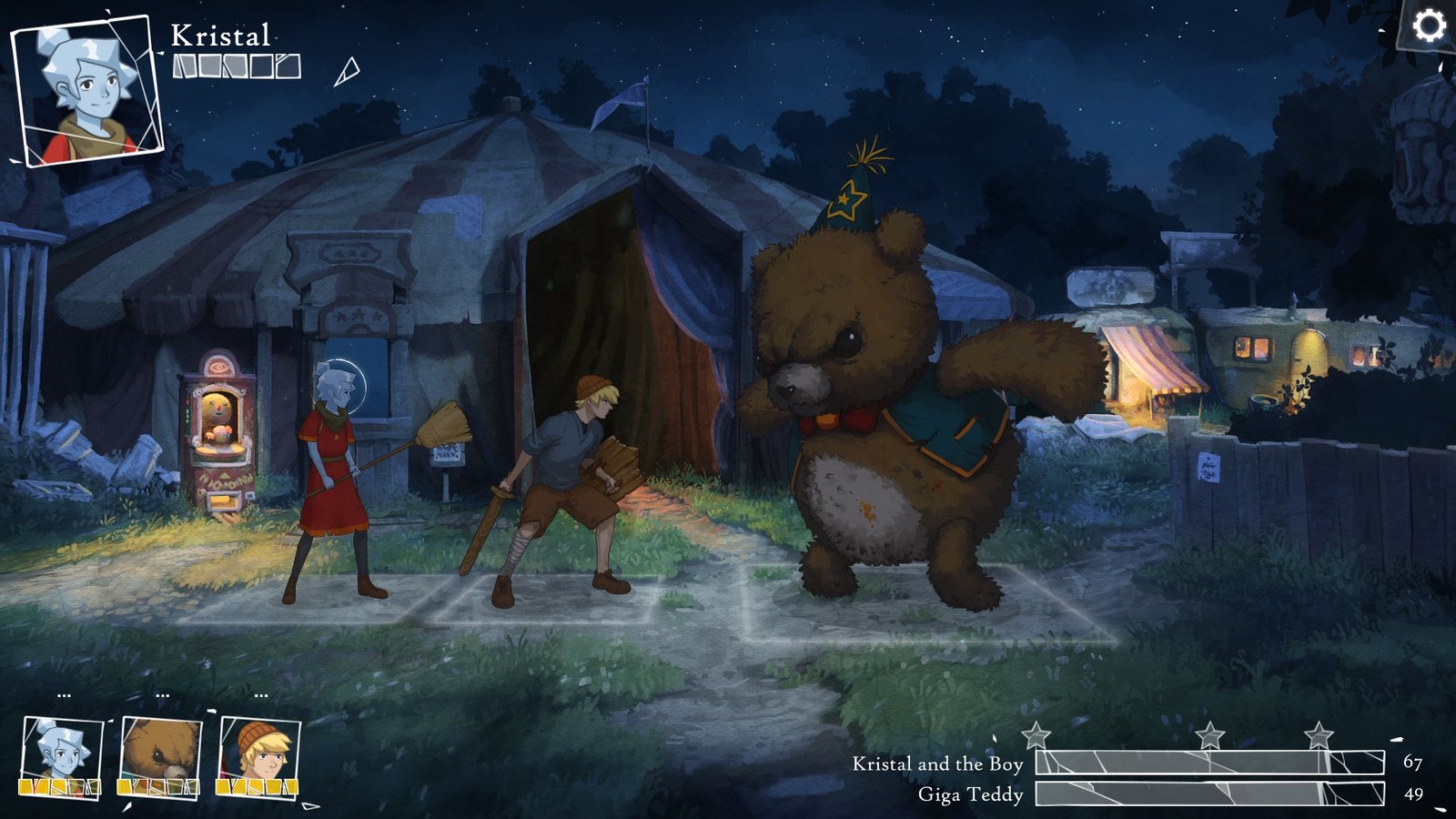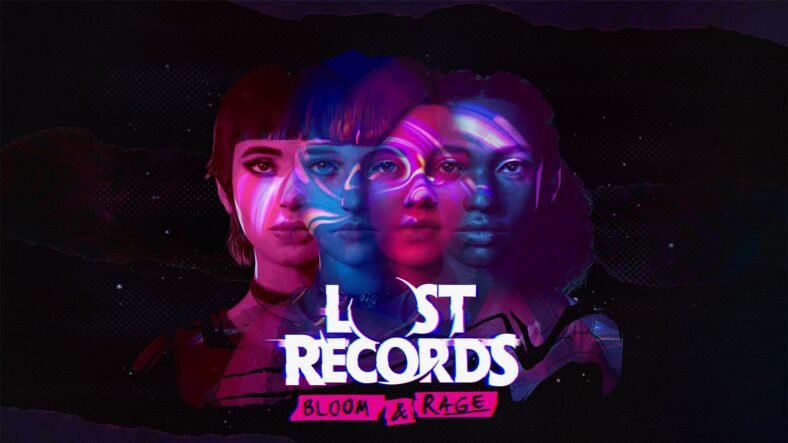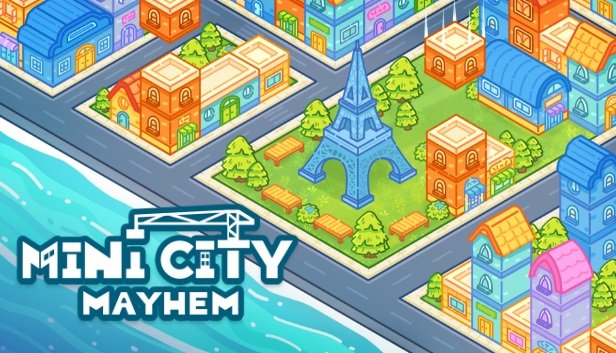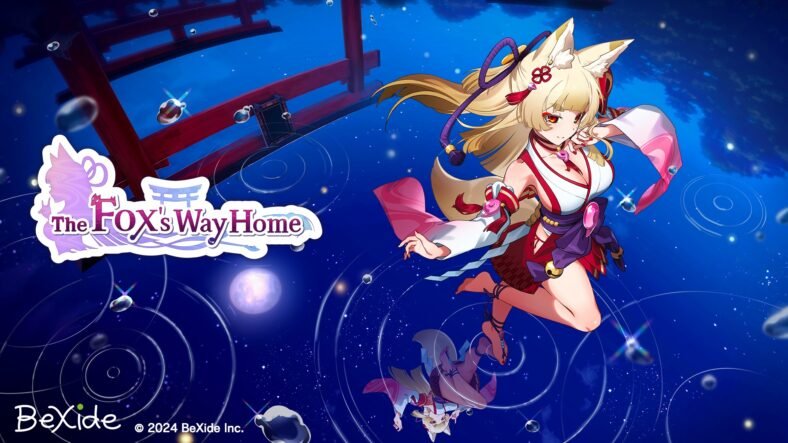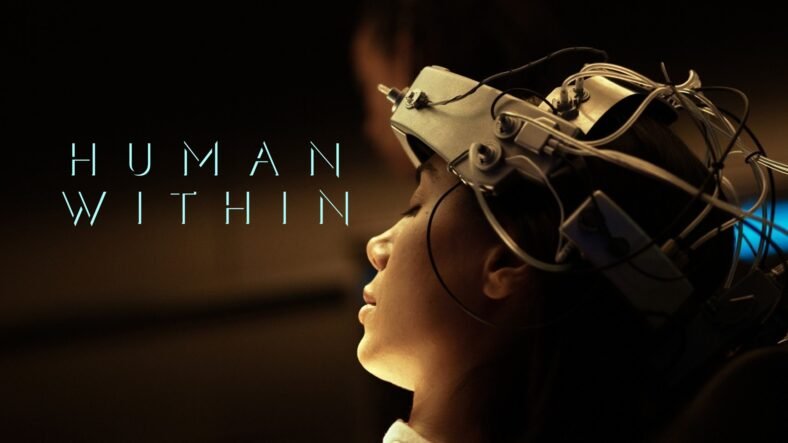
The Girl of Glass: A Summer Bird’s Tale is a unique blend of two genres that is not easy to master. On one hand, The Girl of Glass is a point-and-click title while on the other hand, it is also a turn-based lite-RPG game and it fuses both of these genres to deliver one game that combines the best of the two worlds and delivers the narrative in the form of a visual novel. That is a lot of digest on the paper but the developer Markus Oljemark has done a splendid job on the title. This is our review of The Girl of Glass: A Summer Bird’s Tale in which we launch a stuck clown out of a cannon and fight a rat king and its swarm.
The Girl of Glass starts off with you playing as Kristal herself, the Girl of Glass. Kristal is staying with a circus who happens to be a traveling circus however the owner of the circus has found a spot and refuses to move any further. Not only his own employees are leaving him because of the staleness of the circus, the local sheriff, and the evil government is after the circus and wants it gone so that they can use the place for much more profitable ventures. However, the ringmaster just refuses to move anywhere and thus you are stuck there with big dreams. Most of the game is played as a point-and-click title however when it comes to combat, it becomes a turn-based combat game.
Right after booting the game, the first thing that you will notice is the gorgeous art style of the game. Every environment in the game whether it is the circus, inside Kristal’s mind, or any other area in the game, is designed brilliantly. While playing an early access version of the game, I noted that some of the animations in the game were not really up to par with the rest of the game and it appears like they have not much changed in the full version of the game as well. This is something that could have been improved for the final release however they are still decent enough and you do not look too closely at these key points, you might not even notice the odd animations against the fluid ones.
The game’s narrative and dialogue convert the whole game into a visual novel. While not all of the dialogue is voiced, the cutscenes are certainly voiced by a narrator which sets the cutscenes apart from the normal dialogue between different characters. During the dialogue, you are given multiple choices that you can pick in order to proceed with the story of the game. While most of these options are not really game-changing, sometimes choosing the right option will allow you to progress in the story otherwise you will have to restart from a checkpoint. The world is free to explore as well however in some instances, the game forced a linear path which made it too easy to solve certain puzzles.
Combat is something that you will be in a lot while playing The Girl of Glass however offering just the right amount of mechanics, to not make it confusing or too simple, makes it interesting. Combat is turn-based, and the characters are placed in the form of linear left-right grids. The attacks are carried out in grids as well and surprisingly the game has friendly fire as well so if you are not careful with your attacks, you will end up hitting your allies. For example, during my fight with the Giga Teddy, I ordered one of my units a ranged attack while the other one a melee attack. The Teddy punched my character so hard that it went back in the grid while the one behind moved forward causing the melee attack to land on my own character rather than the teddy. It was more funny than annoying, and I had a good laugh at this mechanic however it did make me change my strategy for the battle.
You have traditional mechanics in place such as block and skipping a turn in order to gain some energy. Powerful or special attacks use energy and if you run out of energy, your character becomes vulnerable to critical attacks. This goes for enemies however with your enemies, you can use this to your advantage and deal some heavy damage to your enemies. Apart from this, as you progress in the game, you unlock special attacks that linger for some time on the battlefield and allow you to impart special effects on your enemies such as slowing them down.
All of this combines to deliver a combat system that is easy to learn and nothing that would impact your gameplay. At its core, The Girl of Glass is still a point-and-click puzzle-solving narrative game but having a decent combat system in place certainly offers a decent change of pace. For me, it was a great change from most of the item-fetch puzzles in the game. However, certain boss battles really test your mettle as well however depending on your skill and familiarity with the turn-based combat system, you will complete them fairly easily even if you are a casual player.
For me, the shiniest aspect of the game was its visuals and the fun, narrative story. It certainly looks like it appeals to children, but I thoroughly had fun playing the game and my complete playthrough was over in 3 sitting max. Some of the puzzles might appear repetitive in the game as you get item-fetching quest after item-fetching quest but each quest has a cutscene after it or something random happens in the middle that keeps the story moving forward and keeps you indulged in the game rather than getting boring or dull.

Final Verdict:
The Girl of Glass is a simple yet beautiful point-and-click adventure. The puzzles are not too intricating to solve while the narrative keeps you glued to the game. The combat mechanics are surprisingly pretty good as well despite being not too complex. It is a great enjoyable experience for players who love a good story, point-and-click mechanics or turn-based combat with little complexity. The game’s beautiful art if a cherry on the top along with a decent sound design and a world that is great to explore despite its certain darkness in the latter part of the game. Highly recommended.
Final Score: 8.0/10





